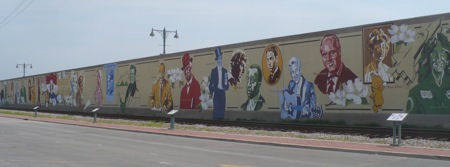I’ve been reading up a bit on the international circulation in ideas of the university. It’s not hard to find documentation of how France has for a long time been at the center of this intellectual commerce. I am particularly fond of this little fragment from an 1888 book by one Herbert B. Adams, Thomas Jefferson and the University of Virginia (now freely available through Google Books):
Nothing is so enduring, when once established, as forms of culture. If French ideas had really penetrated Virginian society, they would have become as dominant in the South as German ideas are now becoming in the State universities and school systems of the Northwest. French ideas survived in Virginia and in the Carolinas long after the Revolution, and long after the French Government had ceased to interfere in our politics. It was one of the most difficult tasks in Southern educational history to dislodge French philosophy from its academic strongholds in North and South Carolina. It was done by a strong current of Scotch Presbyterianism proceeding from Princeton College southwards. In social forms French culture lingers yet in South Carolina, notably in Charleston.
(pp. 27-28)
I rather like the theory of culture implied here: it’s like a sort of strangling vine that, once taken hold, is quite hard to dislodge. And I am decidedly fascinated to learn that good old Princetonian Presbyterianism played a vital historical role in “dislodging French philosophy from its academic strongholds in North and South Carolina.” Who knew that it was ever lodged there to begin with? Certainly not me, and I dare say not many other people currently alive. As usual, this historical landscape is creased and torn with forgotten, curious details.






